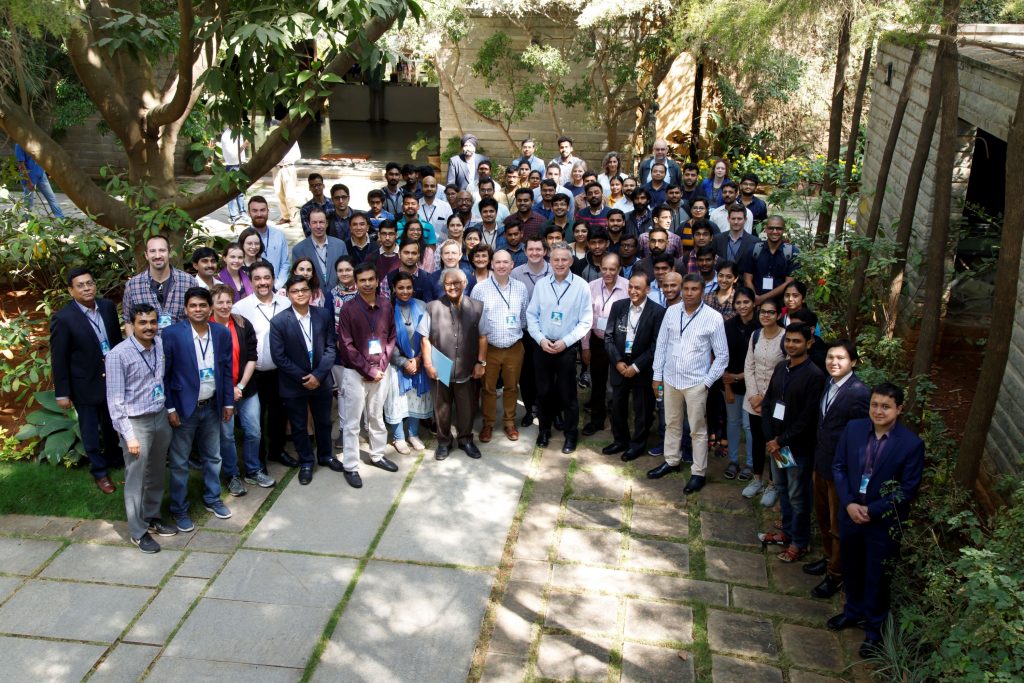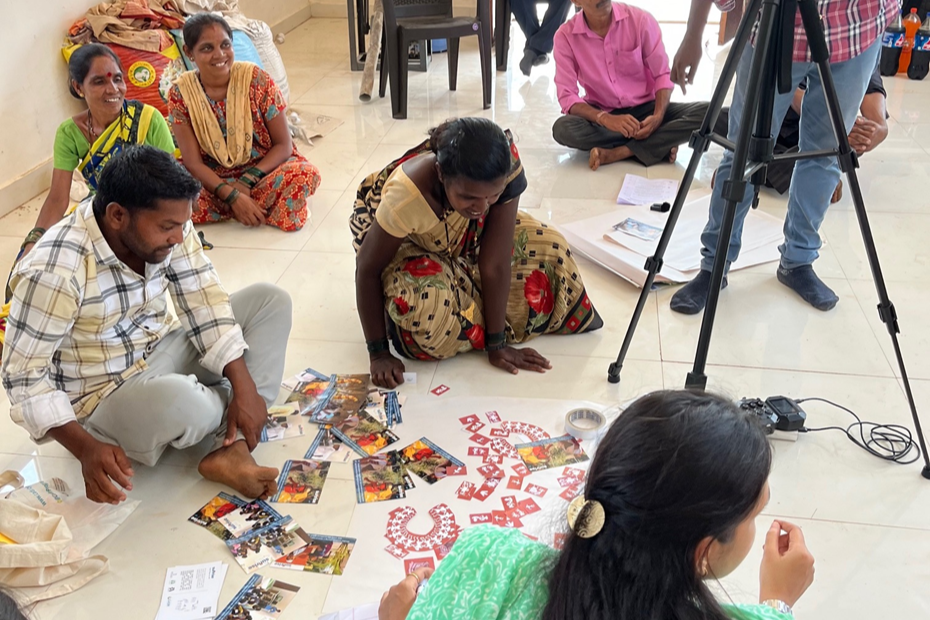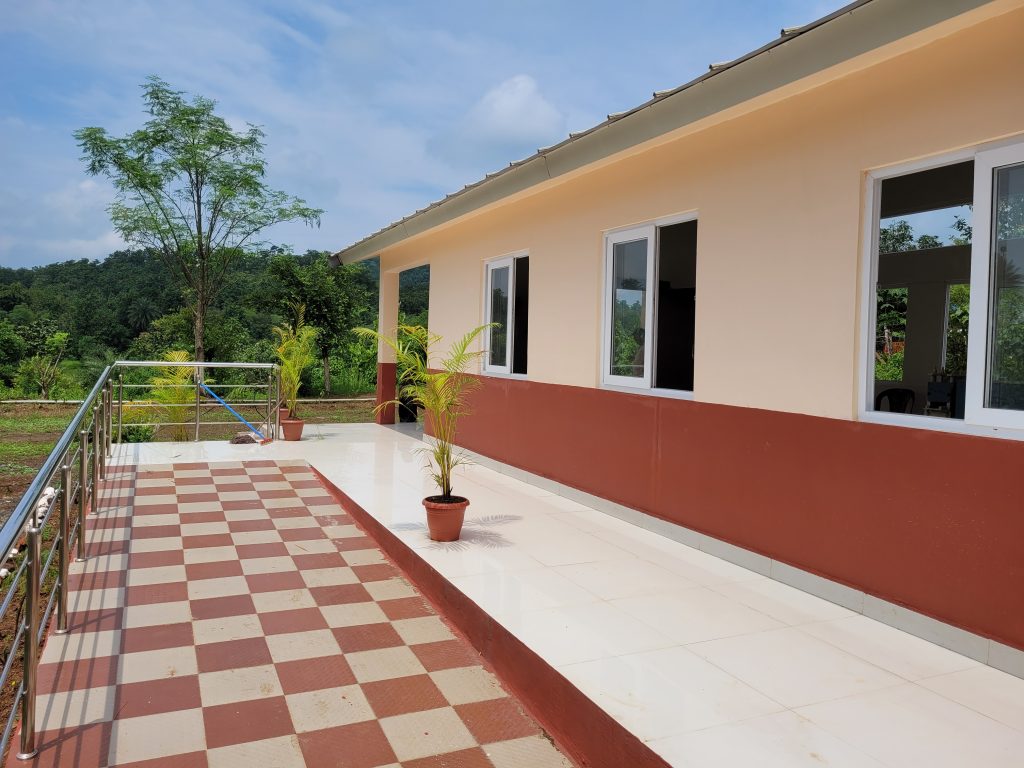
About SUNRISE
Today, 760 million people across the globe still do not have access to electricity.
In rural India, millions of households struggle with affordability and reliability issues, even where the grid is accessible. Widespread use of alternative energy sources such as kerosene and biomass have numerous health risks to populations across the world. Solar power is an ideal solution to providing clean, affordable, reliable power to remote parts of the world where a grid connection is poor, non-existent, or impractical.
While traditional silicon solar panels have become quite cost effective over the last decade, recent advancements in third-generation perovskite-based solar technology offer an affordable and technologically superior solution, using low-cost, earth-abundant, sustainable materials.
SUNRISE was formed to accelerate the development, integration, and adoption of perovskites and other renewable energy technologies by uniting experts from the UK, India, Mexico, South Africa, and Kazakhstan.
Essential to the network’s success was the involvement of several disciplines, from physics and engineering to social sciences. We also work with industrial partners such as Tata Cleantech Capital and BIPVco to support with the application of technologies in real-life scenarios.
We are proved the effectiveness of these technologies through a series of demonstrators in rural India. Solar micro-grids were installed in two schools and a primary health centre, and our full-scale building demonstrator in Khuded, India, uses solar power to generate energy to be shared by the village residents.
While the original funding for SUNRISE has finished, the relationships we developed remain. We are also continuing to build on the success of SUNRISE, such as through the TEA@SUNRISE and REACH-PSM projects.

Building a Global Collaboration
Our first aim was to build a global, equitable collaboration in renewable energy research. SUNRISE is led by Swansea University but unites research teams from leading institutions in the UK, India, South Africa, Mexico, and Kazakhstan. Importantly, the project also worked with social scientists, industrial partners, government and third-sector organisations to help us translate scientific research from the lab to real-life contexts.

Involving the
Community
Before we could deploy any technologies in a community we first needed to consider the human, historical and cultural contexts. In order to achieve impact that is relevant to the community, we actively involved and engaged the community themselves through participatory arts-based methods of involvement.

Demonstrating the Technology
Finally, we applied our state-of-the-art technology to a demonstrator building in rural India. Located in Khuded village in Maharashtra, the Solar OASIS uses solar energy to generate, store, and release energy to be shared by the residents. A series of micro-grids were also installed to support communities with an unreliable electricity supply.
Our Partners
The SUNRISE network had 18 academic partners collaborating across 5 different countries.

Academic Partners
Swansea University, UK (Lead Research Organisation)
Indian Institute of Science Education and Research, Pune
Indian Institute of Science, Bangalore
Jawaharlal Nehru Centre for Advanced Scientific Research, Bangalore
CSIR-National Physical Laboratory of India, New Delhi
London South Bank University, UK
Indian Institute of Technology, Delhi
Indian Institute of Technology, Kanpur
CSIR-Indian Institute of Chemical Technology, Hyderabad
Indian Institute of Technology, Bombay
CINVESTAV Unidad, Mérida
University of KwaZulu-Natal, South Africa
Institute of Physics and Technology, Kazakhstan
